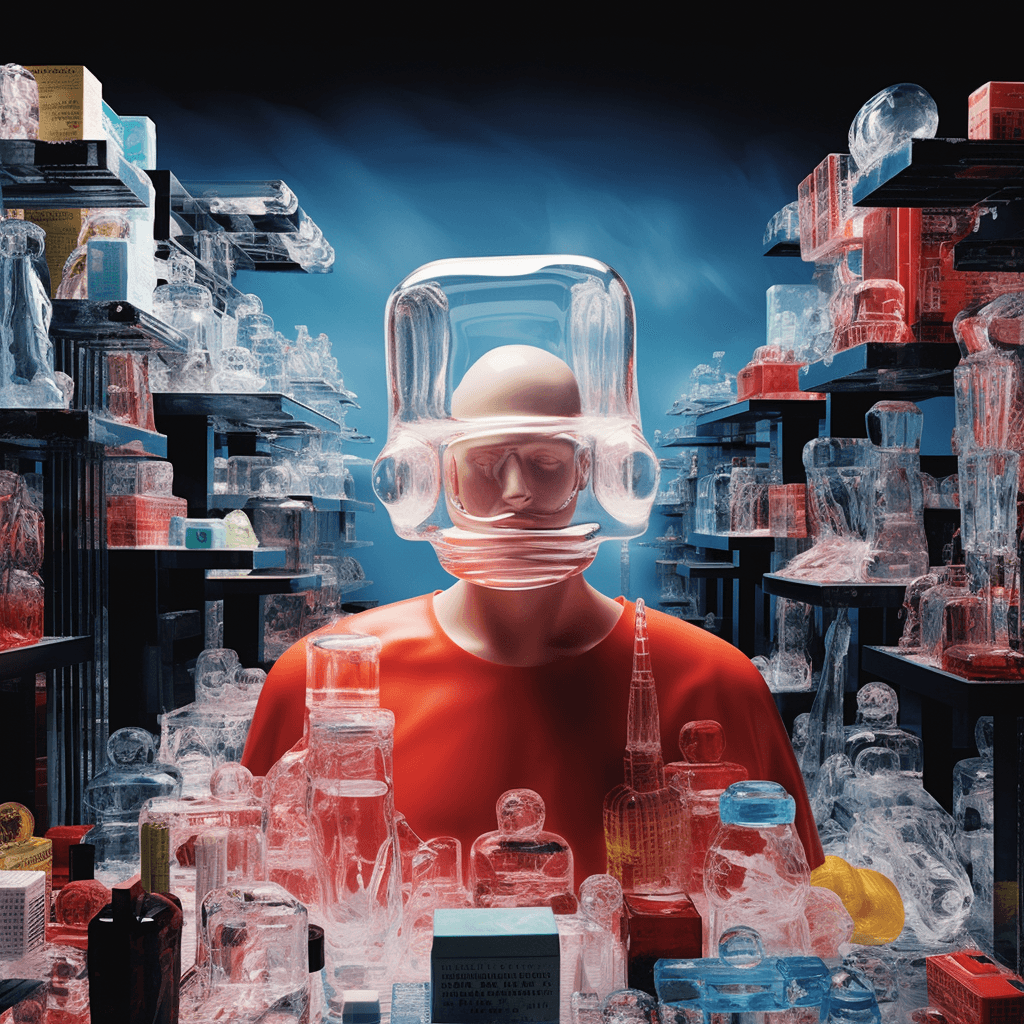These days, whenever a new headline appears on the topic of AI, we can be fairly sure it will fall into one of two polarised categories. The first takes an apocalyptic, ‘end-is-nigh’ perspective, presenting AI as a harmful, unethical, and destructive force, whilst the second offers up a utopian vision of a near future in which this tech will bring the solution to all our woes, making life easier for all. In reality, we know things are a little more nuanced than that, and the way these technologies shape our future will be decided by how we critically engage with them today.
It is obvious to me that such powerful technologies need regulations, and strict ones at that. Without controls in place, AI will continue to place greater power and control into the hands of a small minority, e.g. corporations and governments. Still, we cannot allow ourselves to be paralysed in gloomy premonitions, and we must instead look to become more familiar with just how these technologies work and how we can interact with them as a society.
The AI panic is nothing new. All the way back in 1818, Mary Shelley published her legendary novel Frankenstein, which told of an intrepid doctor creating a living being from salvaged body parts and the speed with which his pride and hope turned to horror when he realised the implications of the “monster” he had brought to life. It’s a well-known cautionary tale about the potential dangers of unchecked scientific experimentation.
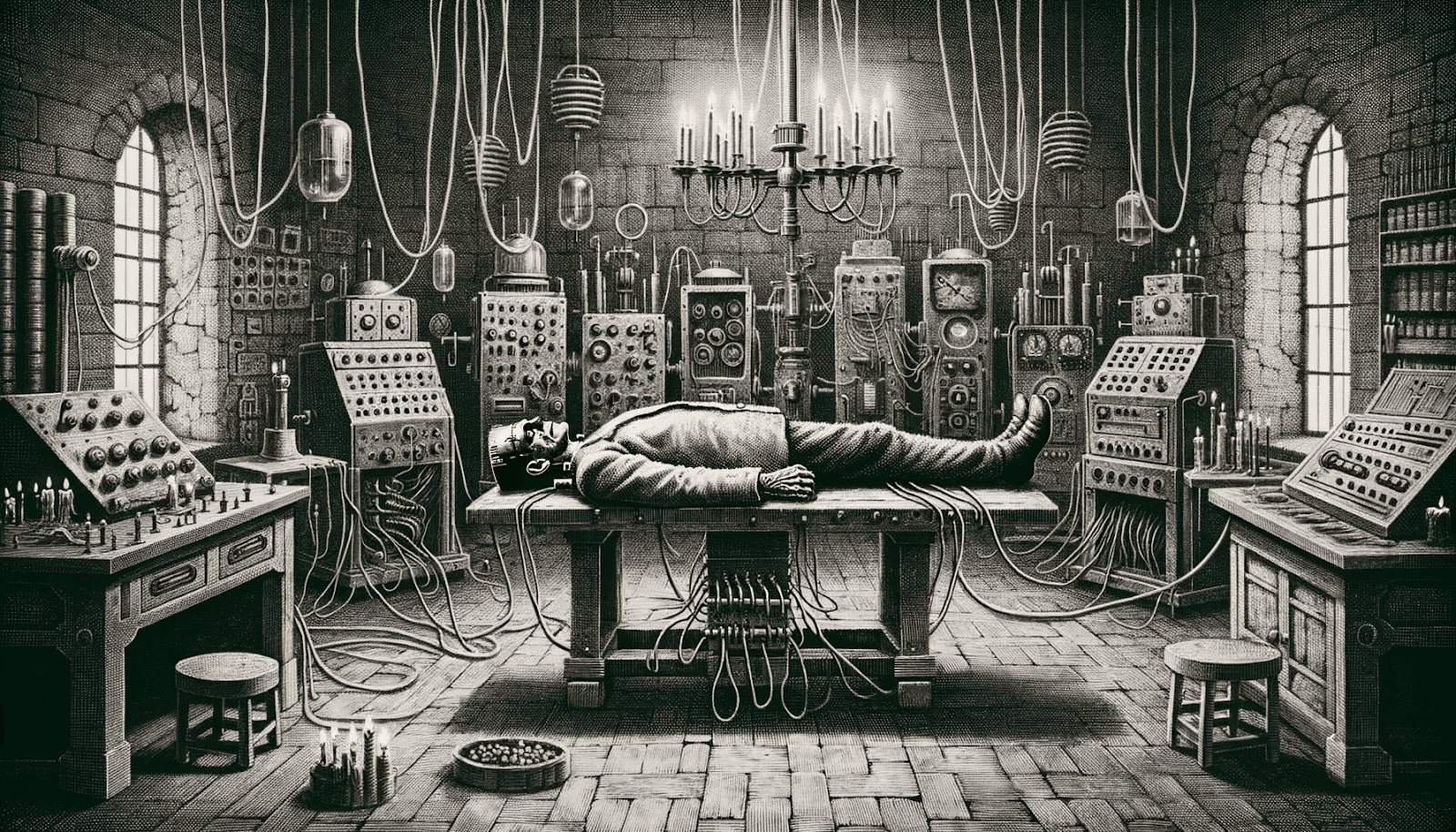
Though Shelley was no doubt reflecting on the rapid advances of modern medicine in her time, there are many parallels to be drawn with the generative AI models that have suddenly appeared in our lives. Faced with the integration of these tools in both the workplace and the domestic sphere, people are asking many similar questions: What have we created? What potential and what impact does it have? Is it really intelligent? And, if so, is it really human intelligence? Is it going to replace us?
These questions are fuelling constant debate and media coverage and driving research at several universities, creating deeply polarised camps of opinion. Last March, Massachusetts Institute of Technology (MIT) researcher Max Tegmark published a letter signed by key figures in the technology sector (including Turing Award winner Yoshua Bengio, Tesla CEO Elon Musk, and Apple co-founder Steve Wozniak), calling on major AI developers to halt any developments related to AI systems that are more powerful than the existing ones. This demand was primarily intended to give legislators, policymakers, and society at large sufficient time to integrate these technologies at a manageable pace. Today, the letter, which has already received more than 27,000 signatures, has not gone beyond the media, and these companies have not slowed down any of their AI development projects.
Moreover, concerns of all kinds expressed by creatives — for instance, that the emergence of generative AI will undermine the value of their work — have been clearly voiced by journalists and authors such as Yuval Noah Harari and Dani Di Placido.
A big part of the work we do at the studio is to understand these concerns from a practical perspective, find where they break, walk around inside the cracks in these systems, and find new uses. Being designers with a broad knowledge of data languages has given us all the tools to understand the technical side and put them into practice from a more social perspective.
In this case, we experimented with what we believe to be one of the most important features of generative AI: the ability to generate multiple perspectives almost instantly. As humans, we are often limited by our own subjectivity, each of us navigating the world through our own biases and cognitive limitations. But what if we could develop a machine that allows us to understand the world from different points of view we may never have understood otherwise? What if, instead of using AI to speed up automated processes, we could use it to expand our perception of the world around us and develop greater empathy in the process?
To explore the potential of this idea, we carried out a small experiment. We took a page from Mary Shelley’s story (specifically the page in which Frankenstein first comes to life), and we asked a GPT4 model to generate 300 variations of that story from different perspectives. It offered up the story according to the raindrops, the kitchen table, and just about anything else that could be personified.
Here is the original text:
Chapter 5
It was on a dreary night of November that I beheld the accomplishment of my toils. With an anxiety that almost amounted to agony, I collected the instruments of life around me, that I might infuse a spark of being into the lifeless thing that lay at my feet. It was already one in the morning; the rain pattered dismally against the panes, and my candle was nearly burnt out, when, by the glimmer of the half-extinguished light, I saw the dull yellow eye of the creature open; it breathed hard, and a convulsive motion agitated its limbs.
How can I describe my emotions at this catastrophe, or how delineate the wretch whom with such infinite pains and care I had endeavoured to form? His limbs were in proportion, and I had selected his features as beautiful. Beautiful! Great God! His yellow skin scarcely covered the work of muscles and arteries beneath; his hair was of a lustrous black, and flowing; his teeth of a pearly whiteness; but these luxuriances only formed a more horrid contrast with his watery eyes, that seemed almost of the same colour as the dun-white sockets in which they were set, his shrivelled complexion and straight black lips.
The different accidents of life are not so changeable as the feelings of human nature. I had worked hard for nearly two years, for the sole purpose of infusing life into an inanimate body. For this I had deprived myself of rest and health. I had desired it with an ardour that far exceeded moderation; but now that I had finished, the beauty of the dream vanished, and breathless horror and disgust filled my heart. Unable to endure the aspect of the being I had created, I rushed out of the room and continued a long time traversing my bed-chamber, unable to compose my mind to sleep.
Here is a selection of the variations:
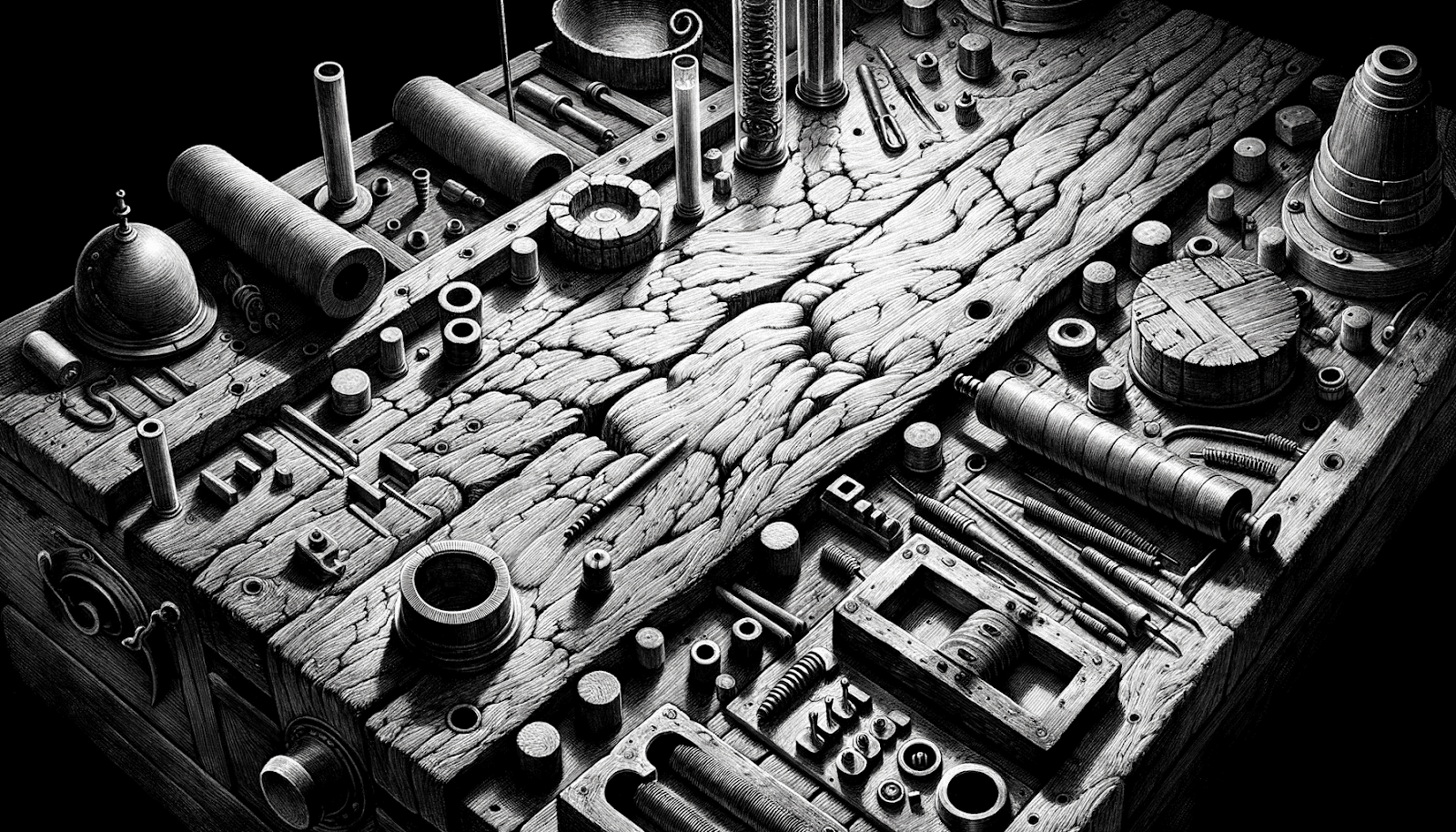
From the perspective of the table in which the body was laid:
On a chilly November evening, a moment that could have been lost to obscurity, I became a critical component in a grand experiment. As a wooden table, I supported the alchemy of science and ambition. Tools, vials, and drawings gathered atop me like a curious still life, their potential not yet revealed. The clock’s hand crept past midnight; rain droned a melancholy tune against the windows.
Then, it happened. A shiver of energy surged through the objects above me, animating the lifeless form lying there. I felt its newly-sparked gaze lift, like the first chords of a haunting melody, full of both promise and foreboding. The human standing beside me let out an audible gasp.
Feelings are to humans what rings are to trees; markers of experiences, and just as volatile. For years, my creator had zealously labored over his experiment, forsaking sleep and well-being. A passion guided him, almost religious in its fervor. But as he looked at his creation, that once enigmatic dream shattered. Revulsion overtook him, sweeping away the remains of his idealism like a tide erasing a child’s sandcastle. He bolted from the room, leaving me with his creation, his broken dreams, and the lingering scent of melted wax.
I stood there, my wood absorbing the lingering scent of chemicals and despair. I was the stage upon which this tragedy unfolded, unable to intervene, but forever marked by the footprints of human folly. The room was left in silence, save for the soft, unsettling breaths of the new life that lay upon me — a life that, for better or worse, had changed the trajectory of its creator’s fate.
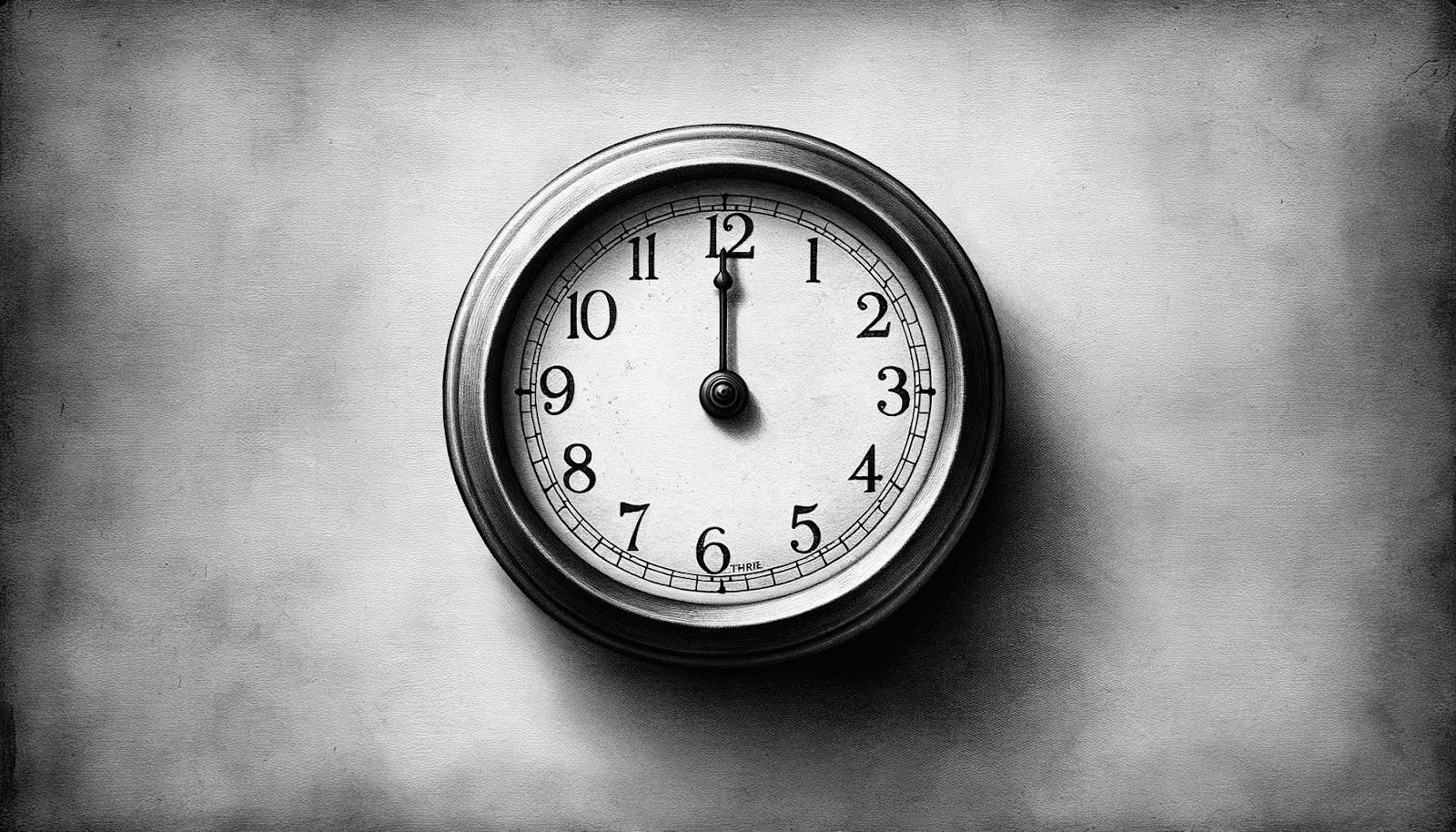
From the perspective of the clock
With the hands of my face forever locked at one in the morning, I bore witness to the culmination of human obsession. I, a mere clock perched upon a shelf, overlooked a room where the boundaries of science and ethics blurred. The pattering rain against the window pane offered a rhythmic score to the man’s frenzied movements as he assembled what appeared to be a grotesque jigsaw puzzle of flesh and bone.
The air was thick with tension and the scent of chemicals. It reminded me of the first time he wound me up, as if infusing me with a measure of life, setting my gears in motion. But what he sought to do now was more daring: animate a confluence of mismatched body parts. When the spark ignited and the creature’s dull yellow eye flickered open, it was as if the room itself gasped. The walls seemed to recoil, the books shuddered on their shelves, and even my pendulum felt as if it hesitated for the briefest of moments.
He bolted from the room, leaving me, the clock, as the only silent observer to this tragedy. As the pendulum of my existence swung back and forth, I pondered: Time may be linear for the gears and cogs of a clock, but human emotion is a complex tapestry, forever oscillating between poles of feeling that defy simple description.
As for me? I remained, dutifully marking time, ticking off the seconds that would either see his return to face the monster he created or leave it abandoned, a twisted artifact of ambition and hubris.

From the perspective of the candlelight in the room
In the dim reaches of a November night, I stood close to the brink of my existential expiration. My wick flickers, nearing its end, casting a gloom on the walls of the room, much like the fading twilight of a November day. I see him, my owner, walking around. With each erratic movement, he adds something to the lifeless form before him. A nudge of a dial here, a tightening of a knob there.
Then it happened. Just as my light waned to its dimmest point, his creation — this stitched-together mockery of life — opened its jaundiced eye. The creature gasped, its body convulsing in a macabre dance.
And me? I was working here, though uncredited. I fought against the impending darkness to illuminate this grotesque tableau. As I cast my final light, the eye of the creature springs open. A gasp escapes its stitched lips. Its body jerks in an unsettling rhythm. I, too, gasp in the form of a flicker. My light dances on its yellow skin, which clings to muscles and veins like ill-fitting clothes. For a moment, my dim glow catches on the creature’s flowing black hair. It’s a discordant spectacle. There’s beauty here, but it’s the unsettling kind — the kind that you can’t look away from but wish you could.
Then, with horror, my creator recoils. He leaves the room, and I am left alone to confront the darkening quiet.
As my wick nears its final ember, I question my role in this theater of the macabre. Had I not been there to shed light, would this spectacle have even unfolded? And yet, as I flicker out, I realize I had no choice. I was made to illuminate, even if what’s revealed is the stuff of nightmares.
And so, my light goes out, leaving the room to its newfound darkness — a stage emptied of its actors, but haunted by the story it hosted.
We then programmed a robotic arm to write each of the 300 versions of Mary Shelley’s tale, putting together a collection of 300 unique prints with reinterpretations of that crucial point of no return in the story.

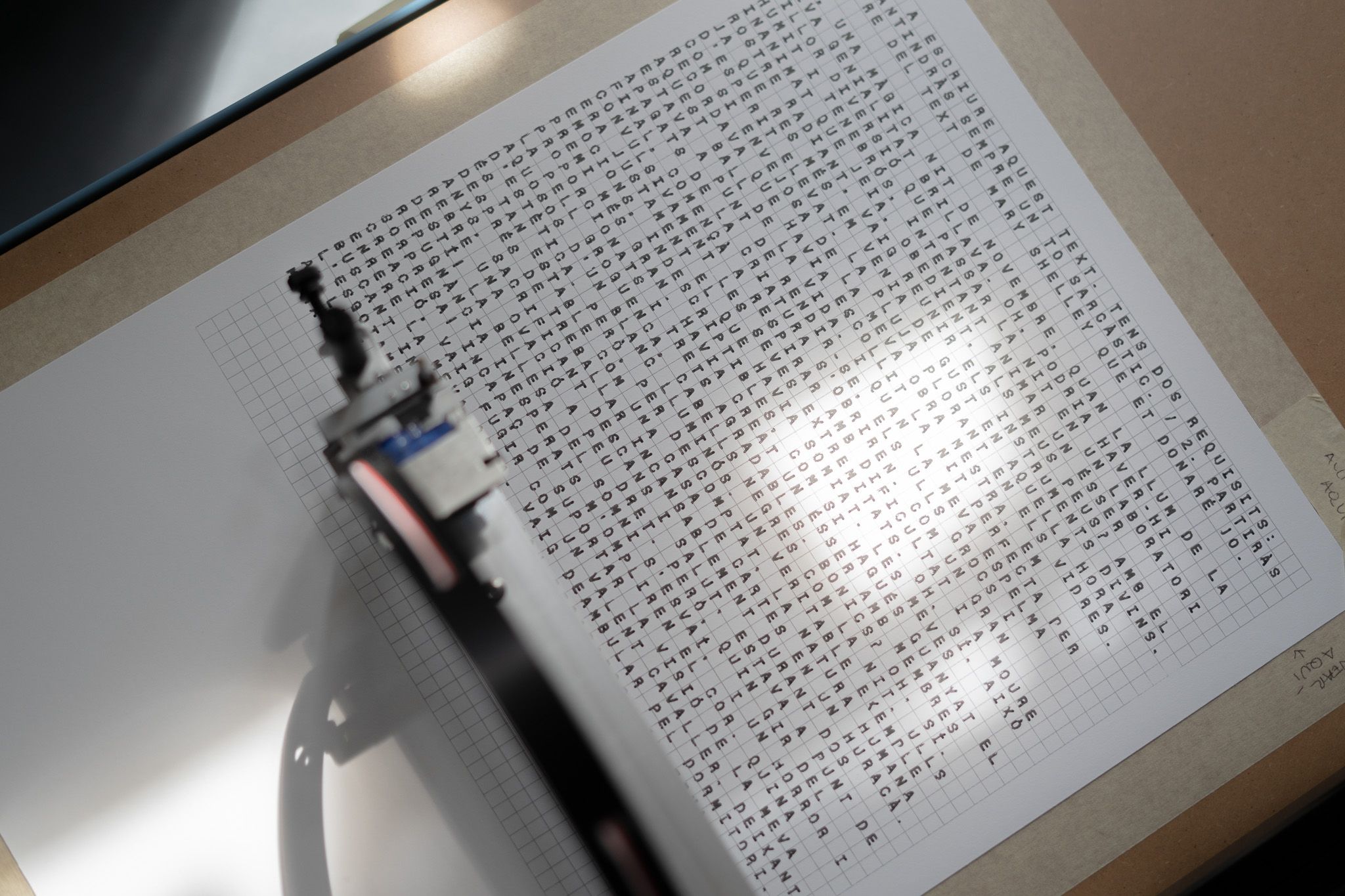

The Frankenstein metaphor reflects on how initial fears of what we have created with AI may be blinding us from its capacity to amplify new perspectives and create a platform for increased empathy. Though rather abstract and surreal at times, these stories showcase the way in which these tools can transport us into angles of a story that we simply never could have imagined as the main character.

This experiment offers a reflection on the many ways history can be written and rewritten. In the face of our contemporary state of infoxication and misinformation, a machine to help better connect with alternative points of view could bring a welcome dose of neutrality and understanding.
With this exercise, we were reimagining not only the potential awakening of a monster but also the potential to outgrow some of our age-old cognitive limitations.
